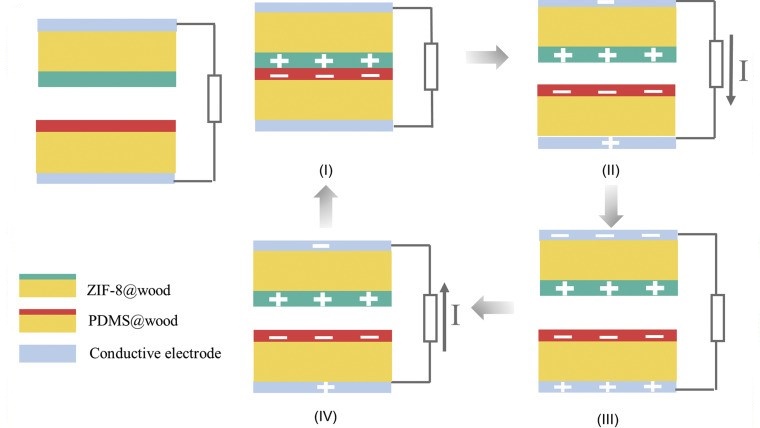If you're looking to upgrade your home with wooden flooring and underfloor heating you might want to think again, as the new smart home improvement we all need is underfloor electricity generation. Researchers from Switzerland have created a nanogenerator that allows wooden floorings (enhanced with a silicone coating and embedded nanocrystals) to create electricity from our footfalls.
The team behind the project wanted to adapt a commonly used building material, such as wood with its renewability and reliability in construction. Thanks to their enhancements, the researchers created a wooden nanogenerator that was able to create an electric current 80 times higher than could have been done with conventional wood.
- Science limits what Apple can achieve with the Apple Watch
- Primordial brown dwarf found stumbling through the Milky Way
- Curiosity, SpaceX, and Time Crystals
Before we get carried away, though, it’s worth noting that this might not cause a drastic change in your electricity bill unless you operate a building with a lot of foot traffic (like a museum or supermarket). As shown in a video produced by the researchers, the energy delivered only briefly powered on a single conventional light bulb.
While this isn’t yet a complete solution to our clean electricity generation problems, it’s certainly a step in the right direction. Hopefully, with more research and clever implementation, we could soon see more buildings that are – at least in part – powered by our walking.
How does wood generate electricity?
Wood wouldn’t be most first people’s choice for electricity generation. While it’s a preferred option as a building material – thanks to its sturdiness and aesthetic qualities – its negligible triboelectric polarizability (read it doesn’t easily build up a static charge like Styrofoam peanuts) meant it was pretty much useless as a nanogenerator.
The Swiss research team were able to change this by using two pieces of enhanced wood, one they coated in polydimethylsiloxane (a silicone that easily gains electrons on contact) and another with embedded nanocrystals called zeolitic imidazolate framework-8 (a network of molecules that tend to lose electrons on contact).

As the diagram above shows, when the two layers touch the polydimethylsiloxane (PDMS) enhanced wood layer becomes negatively charged and the zeolitic imidazolate framework-8 (ZIF-8) layer becomes positively charged. When they are separated again, the now charged wood layers will want to return to equilibrium, and a current will flow through the circuit creating power.
After equilibrium is reached, abd as the two electrodes approach each other again, the current will briefly reverse to return them back to their original states to begin the cycle all over again.
Underfloor electricity generation isn’t new though, companies like Pavegen have been offering their own option since 2009. What’s different about this research is the wooden solution means people won’t have to change the aesthetics of their homes to create sustainable electricity. This solution could be particularly useful for older buildings, as in many countries they are restricted from changing their aesthetic look – this way they could honor the past and forge a path ahead in the future.
- Stay up to date on all the latest tech news with the TechRadar newsletter
from TechRadar - All the latest technology news https://ift.tt/2Vfj8AQ




0 Comments